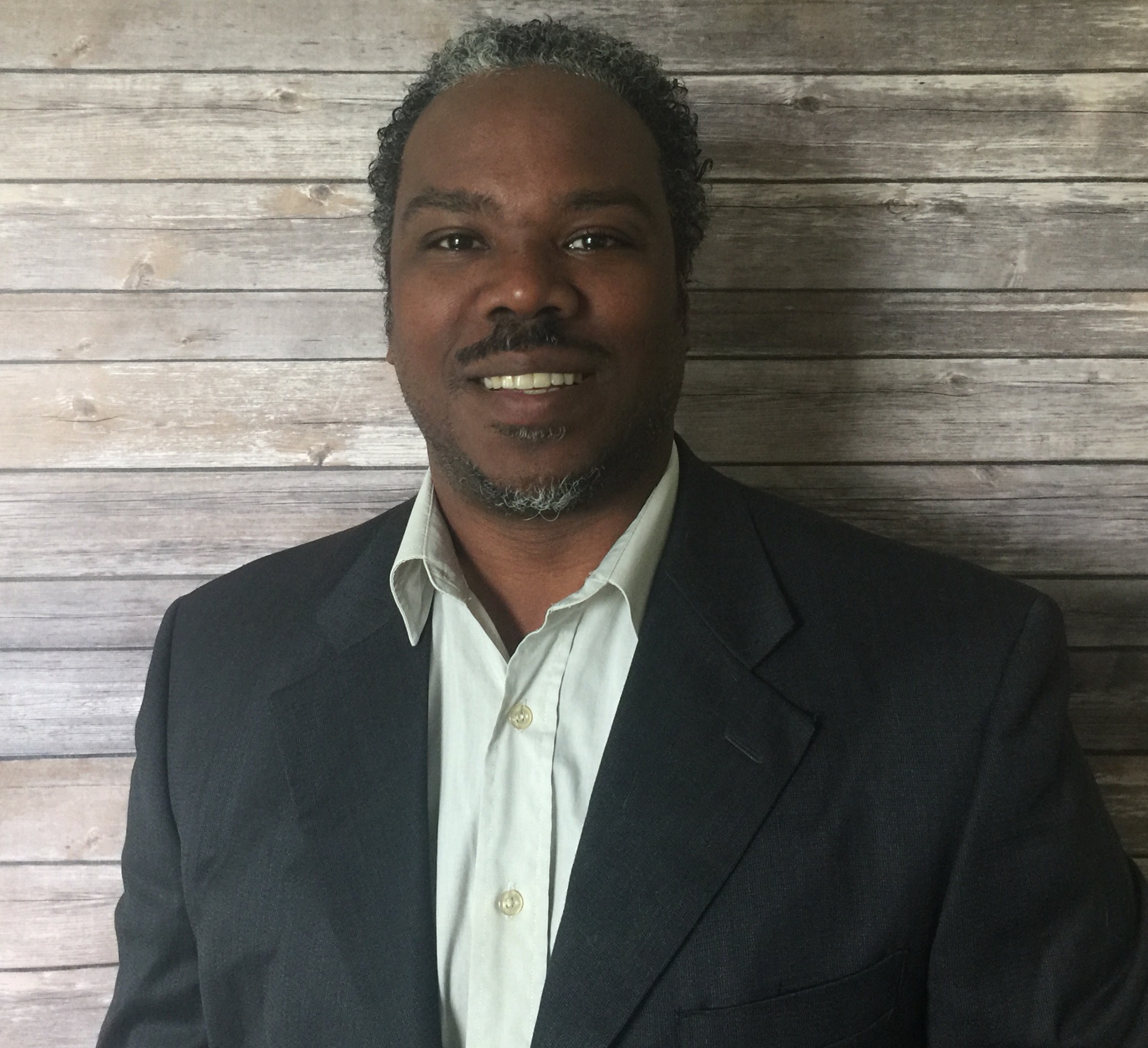Innovation is a constant—it’s something we inject into technology every day, to solve problems and improve the tools we use to live our lives. As AV solutionist, we are part of this innovation journey; we design, build, deliver, and service technology solutions where we live, work, learn, and are entertained. With so much innovative growth, why does the tech industry continue to struggle in terms of diversity in terms of both sex, age, and race? Why does the AV industry?
Let’s start with the basics. Why is racial diversity critical to our industry? First, future talent: Recruitment of new talent is more competitive than it’s ever been, and, by tapping into a more diverse background of talent, you will broaden your reach in expanding your workforce. Second, innovation: Becoming more diverse will drive innovation within organizations, as the ideas of many different backgrounds and experiences will be part of the solutions we create. Finally, and maybe the most critical to many organizations, is the financial impact: McKinsey and Company, a global consultancy firm, has completed extensive research and found that racial and ethnic diversity in the U.S. has a strong benefit to financial performance; the company’s research shows for every 10-percent increase in racial and ethnic diversity within senior management, earnings before interest and taxes rise 0.8 percent.
Racial diversity can be an uncomfortable conversation, and it isn’t being discussed enough. To start to reap these benefits and achieve better racial diversity in the AV industry, let’s consider these questions as we start the discussion of being a more diverse industry.
Are You Willing to Listen?
This is a tough one: listening is something we do so poorly on a regular basis. Most of us listen solely with the intent to respond, not with the intent to understand; in the process, we don’t accurately translate the information we heard because we have already triggered a conclusion and built the response in our head. When it comes to diversity in the industry, we should give a voice to those viewed as a minority to understand their perspective. One of the easiest ways to solve a problem is listening to those who have been, and continue to be affected by the problem. The fact is, at this point in time, that conversation isn’t happening. If we want to improve diversity in our industry, then those who have the influence and power to do so will have to be willing not only to listen, but to take action.
Is There a Cycle That Needs to be Broken?
The perception of trying to break through a glass ceiling is real for ethnic people in the AV industry. In my opinion, the live events and entertainment production segment of the industry appears to have largest quantity of people of color, with a majority of them residing in technical roles.
Trying to reach senior management or executive level positions in this market segment, and all other segments of the industry, has been a struggle for many; women of color have an even larger uphill battle. How do we break the cycle? Training, mentoring, trust, and career opportunities are the keys to success. Speaking with ethnic industry colleagues and friends, almost all have said that there was a point in their career where they were passed over or not given the opportunity for promotion because the job was given to what they perceived as a less qualified white male. Until we work together to break that cycle, progress in racial diversity won’t begin to happen.
Would You Consider Walking in Someone Else’s Shoes?
The summer before my senior year in high school, I remember taking a trip with my parents to Full Sail University for an open-house tour. It was one hell of a recruitment trip, and after leaving there, I knew for sure a career in AV is what I wanted.
What got me hooked wasn’t all the fancy gear they pulled out or the console that mixed Star Wars at Lucasfilm, it was the stories. There was a story behind the technology that connected with me and what I wanted to do, and I realized I didn't need a degree to do it. To recruit and retain the next generation workforce, especially those of ethnic backgrounds, it will help to broaden your search and start at an earlier age, lower the barrier to entry, and tell a story that relates to them. After all, it’s about them, not you.
Do You Want to Make a Change?
By 2020, Millennials and Gen Z are projected to constitute more than 50 percent of the U.S. workforce, and by 2025, greater than 75 percent. To change our future, we have to start working today. I know everyone will not want this change, and they believe the industry is fine the way it is, but I hope that this article will start a proactive conversation amongst the current generations to pave the way for a more racially diverse future in our industry.
Would an Industry Focus Group be a Good Thing?
Our industry has built communities for various underrepresented segments, such as young professionals and women. These focused networking groups have been able to highlight challenges and share success stories.Focusing on racial diversity and acknowledging our industry’s lack thereof is sorely needed. Creating a group to serve as a resource for ethnic minorities is long overdue. We need a place for minorities to network, learn, grow, and support one another. We can all work together to achieve long-term success and create a more diverse industry. Those of us with influence should come together, create this group, and actively support its mission.
